
Artifacts
One of my most significant challenges in Spanish 101 was combining numbers with letters while still using the correct pronunciation and grammar. My overall goal was to be understandable to a native speaker 75% of the time. The two artifacts included below represent a combination of four hours. Although it may seem like a simple exercise, I struggled tremendously with constructing a sentence from the given fragments.
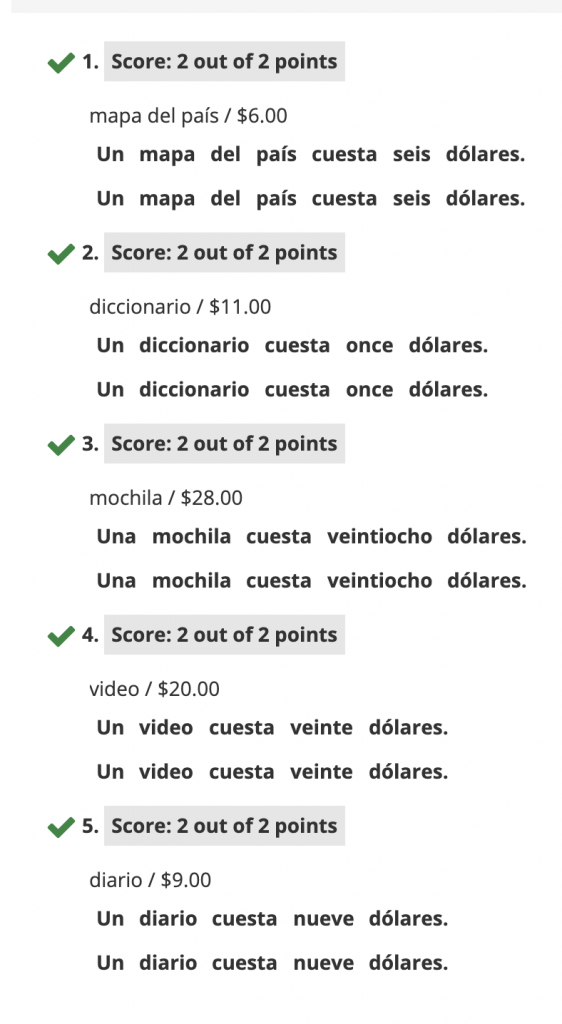
Another area of struggle is using the correct form of verbs in the present tense; for example, salgo is the proper form of salir in the sentence “salgo con, Luisa.” In Spanish, conjugation is one of the foundational pillars of the language. With many rules and even exceptions, it has been an overall joy to tread through a new environment. English being my native language, I never really questioned the limitations of my vocabulary and why they are the way they are. Learning Spanish has opened my eyes to how different languages define female and male and plural uses of the word.
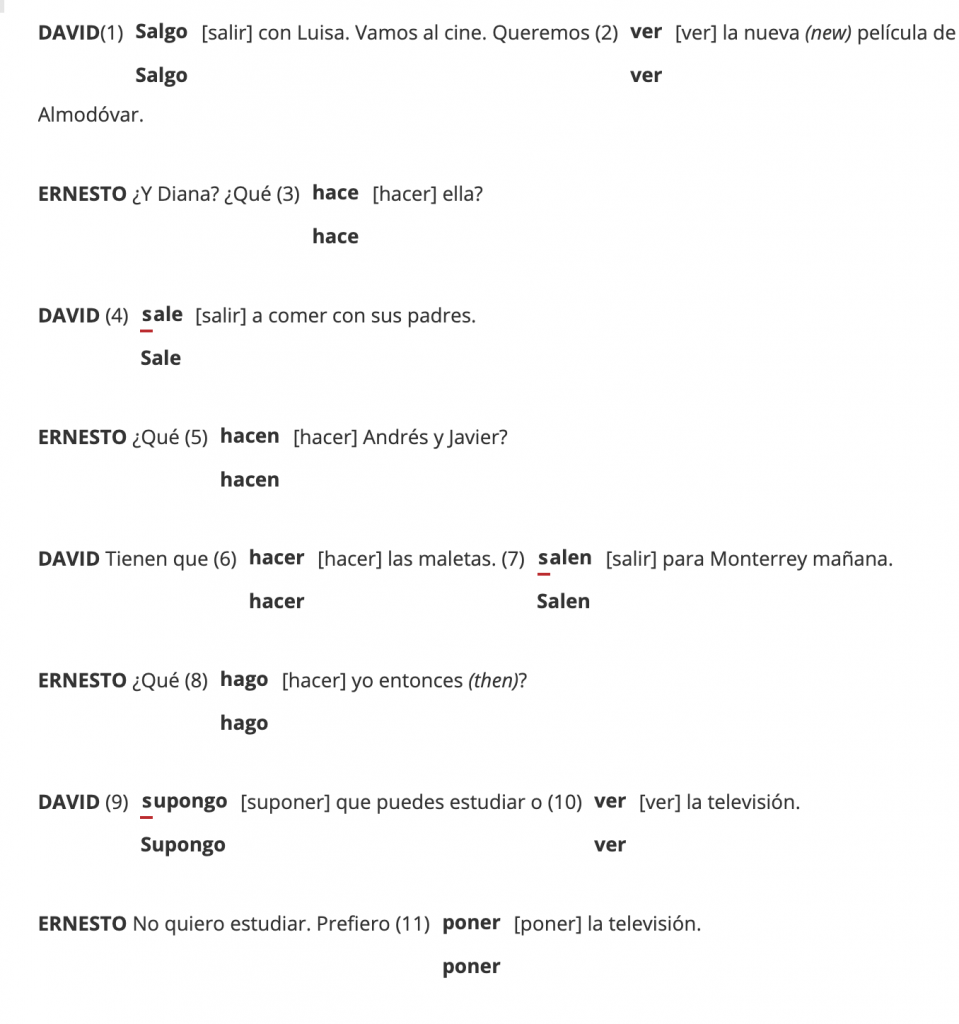
Exploring Culture
My professor in Spanish 101 quite frequently had us watch music videos for every module. Listening to Spanish music has boosted my confidence in being a woman. I cannot pinpoint exactly why, but the rhythm and the way the lyrics roll off the tongue is such an impactful way to explore a different world. On the days where I need a little boost of confidence or a boost of joy, I find myself gravitating towards Spanish music. Even if I can not understand most of the lyric’s happiness is universal regardless of the language it comes in.
Listening to music throughout the course helps me better understand the Hispanic culture’s values and attitudes through appreciation. While challenging my worldview, it revealed an inner person that is fun-loving and inquisitive within myself. Although I did not have a specific stereotype or misconception in my mind, it did open up a deeper appreciation for Spain. I would much like to visit someday.
Engaging in Communities
The most important thing to understanding or helping someone is to 1st know what language is used. If you are in social work and are unable to reach out to someone beyond your own culture, then I think you are doing yourself a great disservice.

Interpersonal Communication
One example of spontaneous interpersonal communication is where I successfully bought mangos from a Spanish speaking person in a predominantly Hispanic market. I am incredibly proud of myself and was able to ask her how her day was going and also respond. I am sure I looked like a fish out of the water, but she was patient and gave me enough time to respond to her questions.
Comparing my Spanish speaking skills to module 1 versus now, I can honestly say I have progressed, but I still have to learn. I am a bit slow to respond in the process without verbal cues. With each assignment and activity, I learned how body language is essential in understanding what a person is saying. I overcome this challenge in person more often than not by watching how people hold themselves and their facial expressions. I excel at being more humorous than in earnest conversation. Overall each day is a new day, and when completing assignments for Spanish, I will watch more videos versus flash cards.
Presentational Speaking
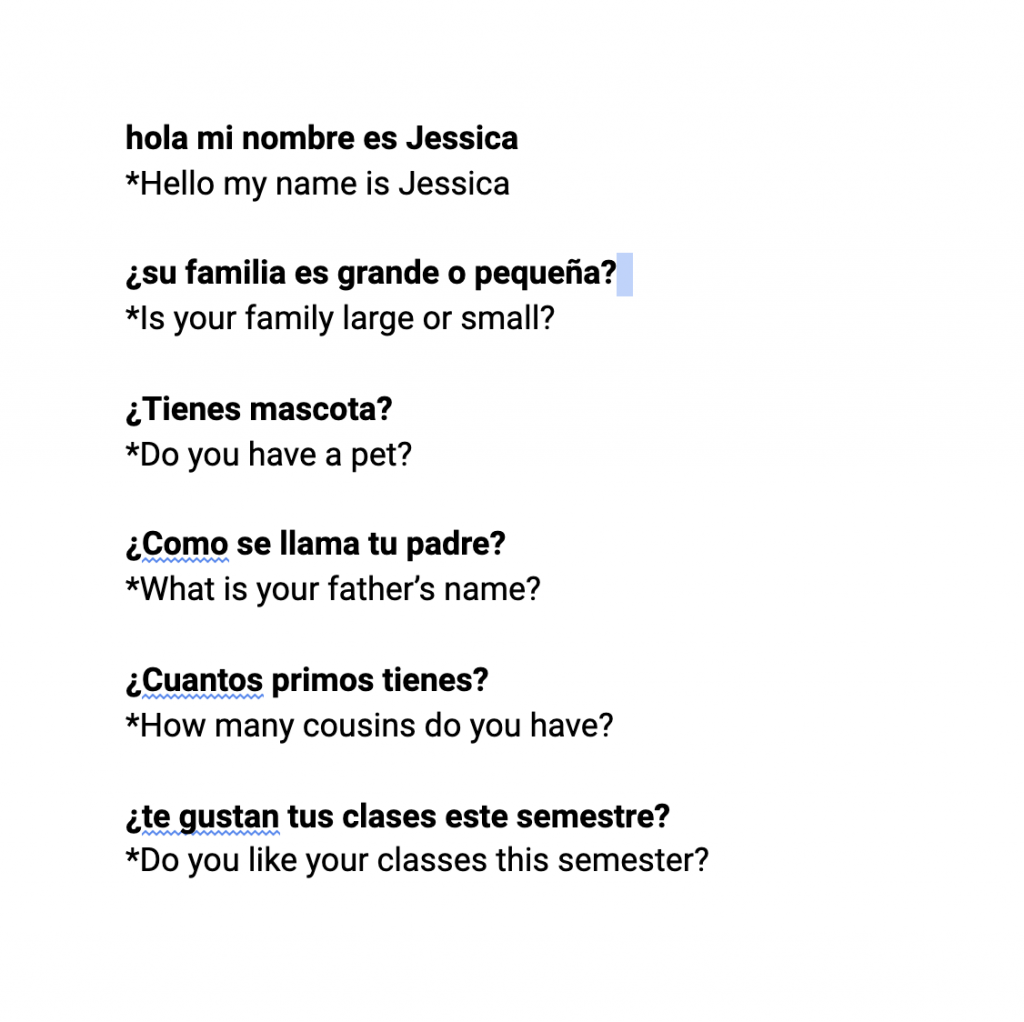
Overall I excel at pronouncing Spanish words. For future assignments, I plan to study my vocabulary more frequently and use the pre-determined vocabulary words in context. More often than not, I know what I want to say but using the correct vocabulary term is a challenge. For the below recording, a classmate and I introduced ourselves and then asked each other various questions. I always enjoy working with other students and learning how they plan to perfect their Spanish fluency.
Presentational Writing
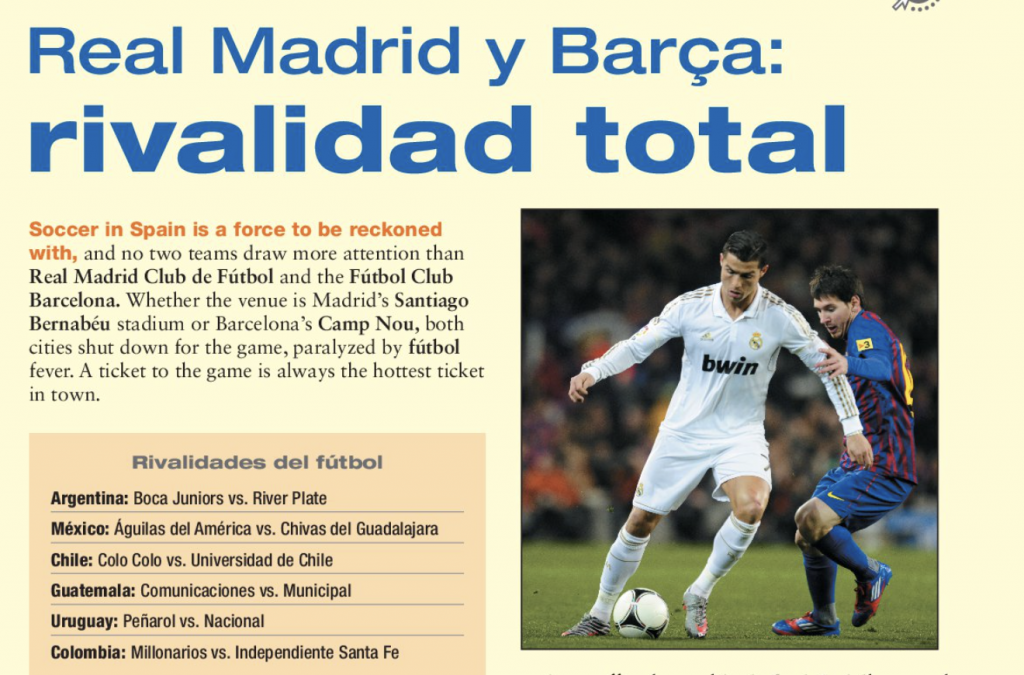

In the above prompt, I compare professional football to American professional soccer. Soccer or futbol may be the same sports, but the country’s way of supporting the sport is vastly different. The above prompt is one of the more enjoyable assignments because I could not articulate or describe soccer at the beginning of the semester. It became more comfortable as I progressed through the semester using vocabulary words and common expressions. I Excel at facial expressions and using my body language to explain what I am saying. I still struggle with using the correct verb and creating grammatically correct sentences. I plan to work on writing in Spanish by practicing on discussion boards through blogposts in Spanish.
Interpretive Listening
The video below is the correct pronunciation of certain words for each of the letters in the Spanish alphabet. I had to listen to my professor repeatedly and then create my own video.
The video below demonstrates my drive and persistence to correctly pronounce each letter. Next time I hope to pause less and be more fluent.
Interpretive Reading
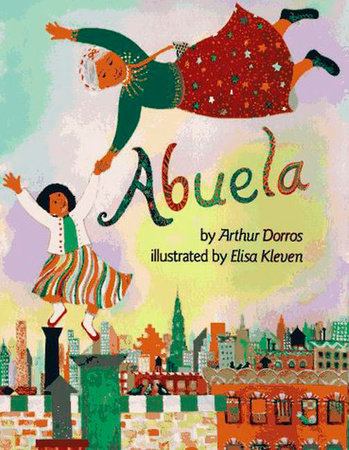
I may have struggled tremendously, but “Abuela” by Arthur Doris is the first Spanish book I have ever read. I started reading “Abuela” at the beginning of Spanish class until the end of the semester. At the end of the semester, I understand more of the book and can read and pronounce the sentence is much better. I still struggle with comprehension, but I can use the words around an unknown phrase and articulate what the unknown word means more often than not.